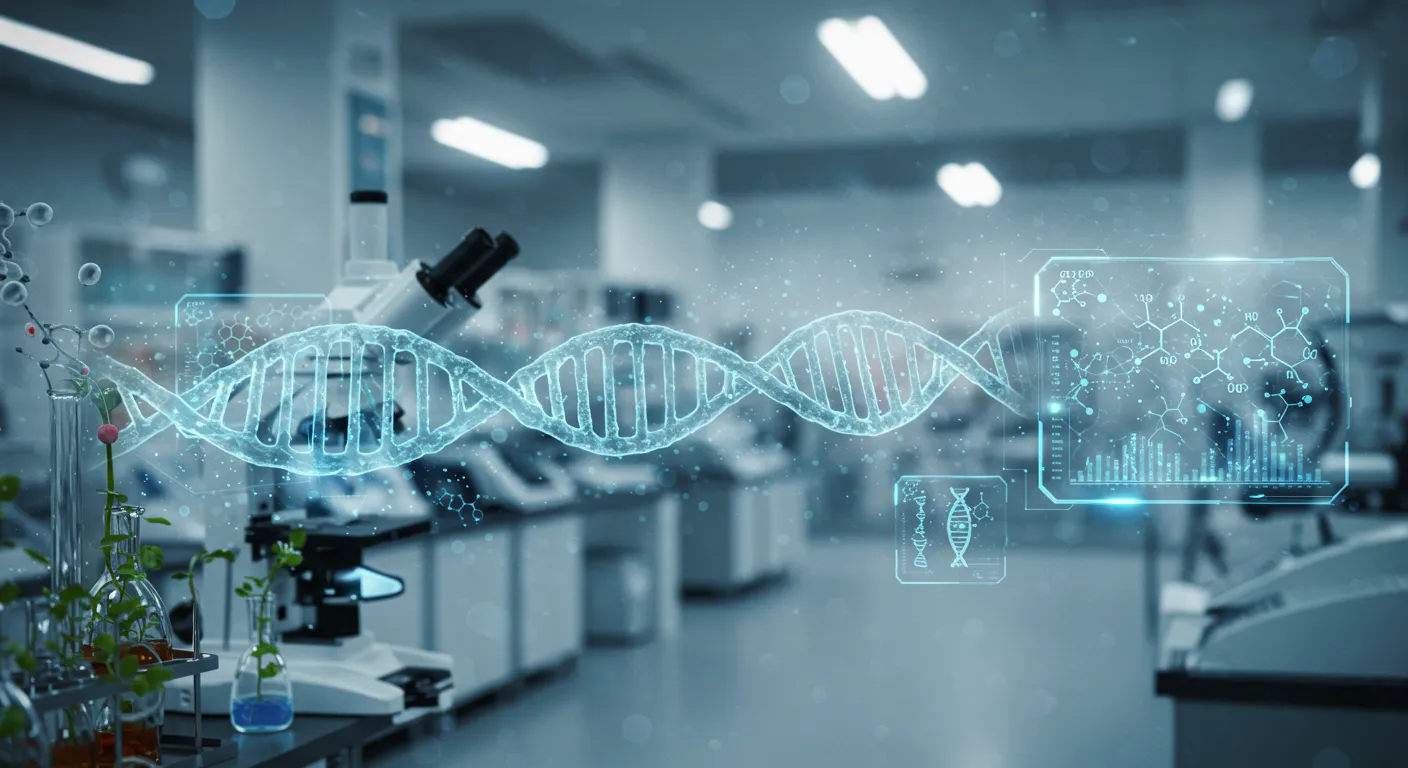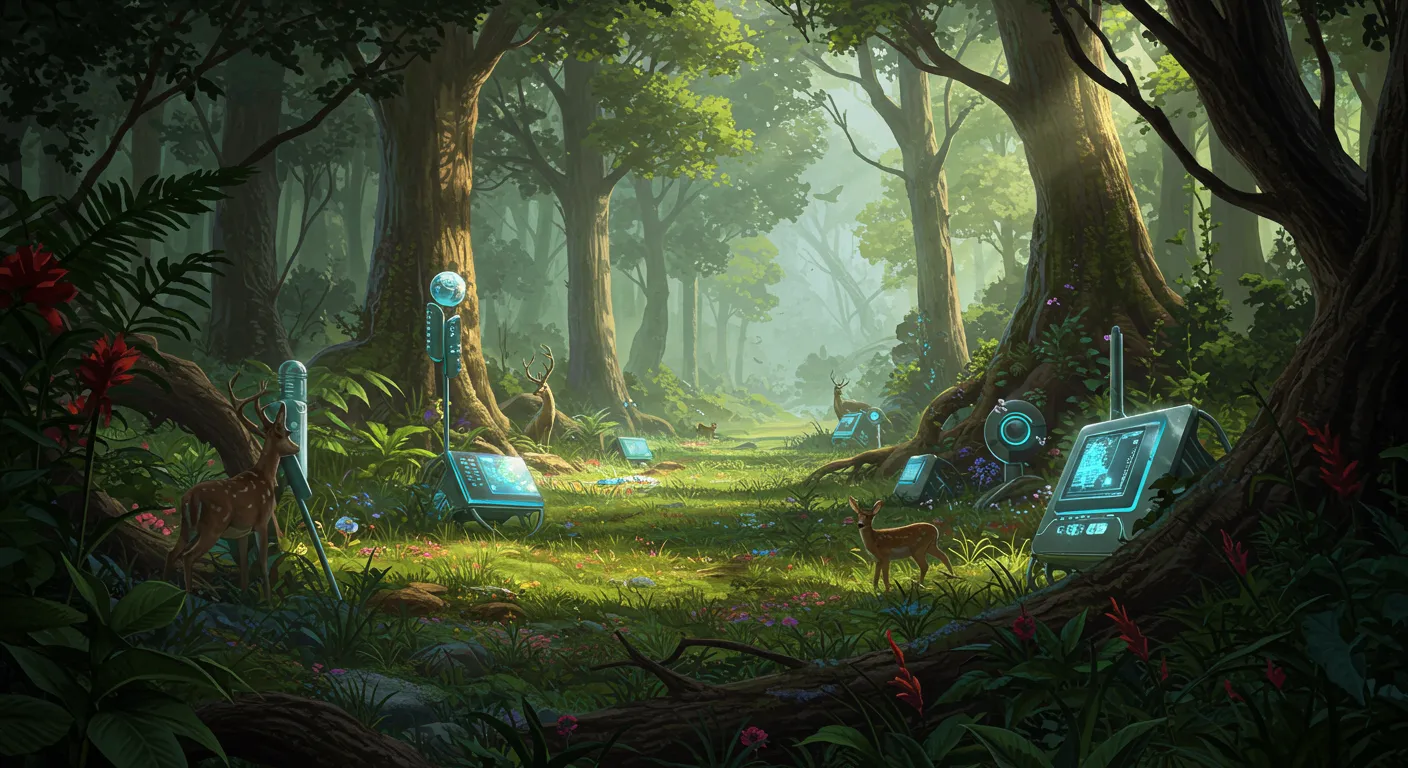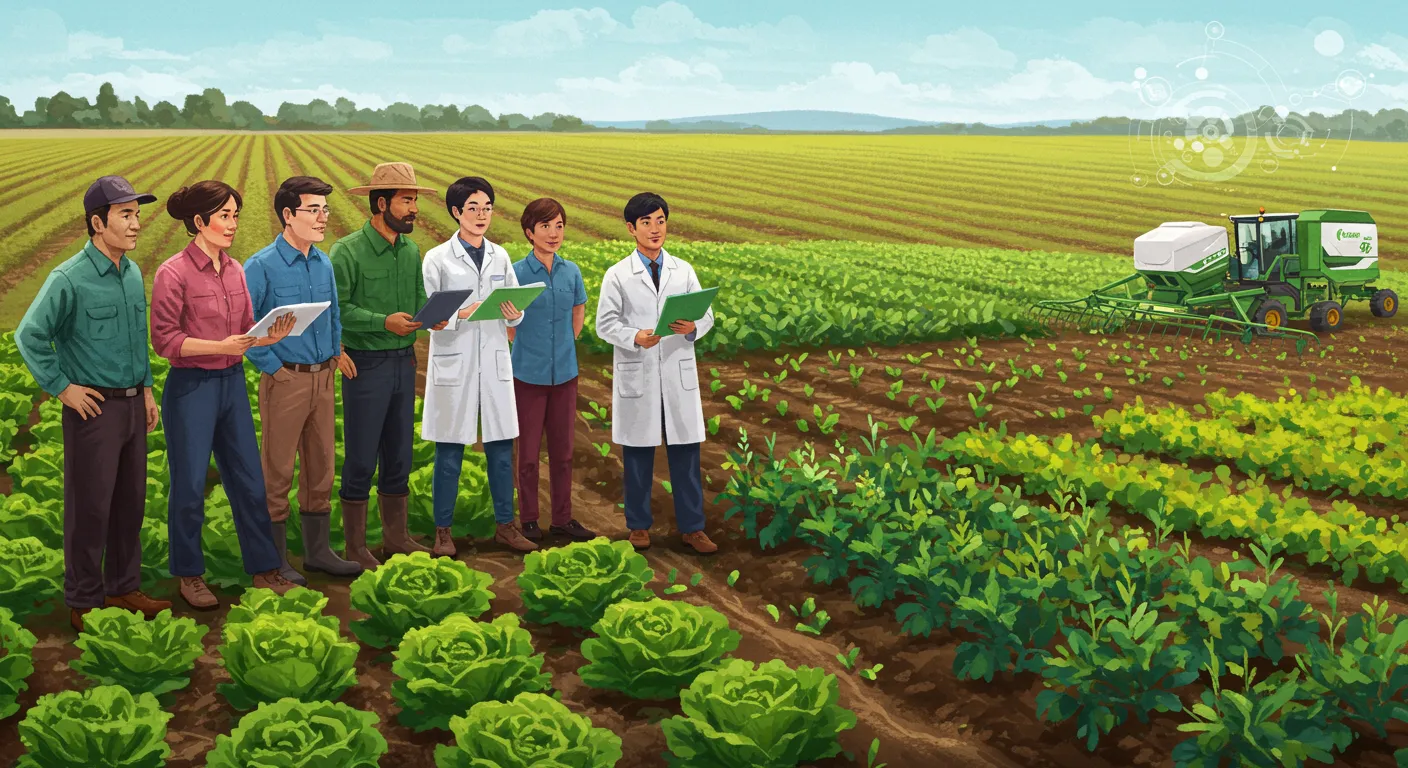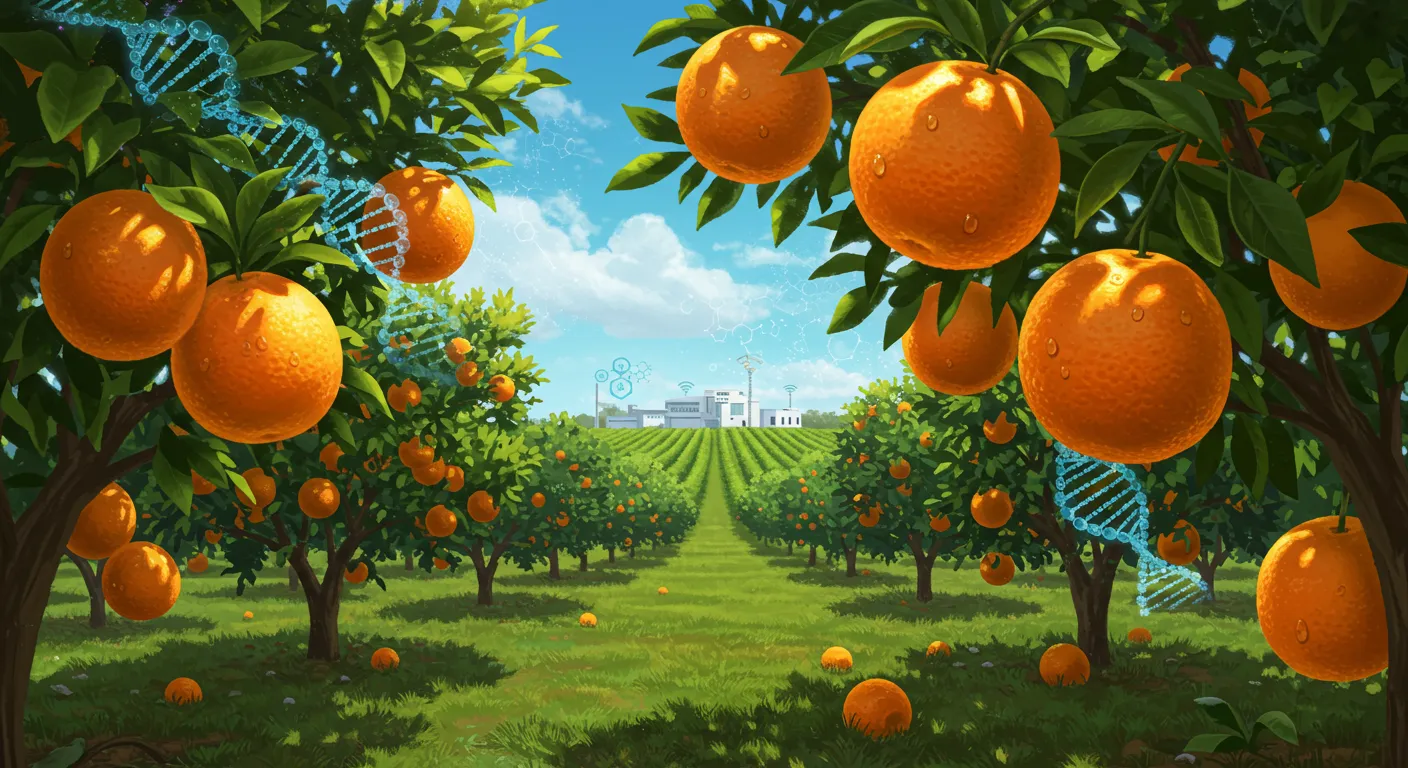Several summers ago, you probably tore into a Florida orange expecting sweetness, but all you got was a sour note—a sign of citrus greening, perhaps. But here’s an unexpected twist: there’s a whole team of scientists, orchard boots muddy and faces sunburned, who believe gene editing could restore the flavor, and future, of our citrus. Let’s peel back the layers of this biotech story, where bacteria and genetic scissors may just be the heroes Florida never expected.
The Sour Grapes of Citrus Greening
If you’ve ever poured yourself a glass of Florida orange juice and thought it tasted just a little less vibrant than you remember, you’re not alone. The Florida citrus industry has been facing a crisis for years, and it all comes down to a tiny insect and a devastating disease: citrus greening. Known scientifically as Huanglongbing (HLB), citrus greening is caused by bacteria that are spread by the Asian citrus psyllid. These insects are no bigger than a grain of rice, yet their impact on Florida citrus groves has been enormous.
Over the past two decades, citrus greening has radically changed the landscape of Florida’s orange groves. Once, the sweet scent of orange blossoms would drift for miles each spring, promising a bountiful harvest. Now, that fragrance is becoming a rare treat. Citrus trees infected with HLB produce fewer blossoms, and the fruit that does grow is often misshapen, bitter, and falls from the tree before it can be harvested. The result? Orange production in Florida has plummeted, and the supply of fresh orange juice in supermarkets has shriveled.
To put it in perspective, research shows that Florida’s orange production has declined sharply—some estimates suggest a drop of more than 70% over the last twenty years. This isn’t just a statistic; it’s a transformation you can taste and see. The groves that once seemed endless are now dotted with abandoned trees, their leaves yellowing and fruit withering. Many growers have been forced to leave the business altogether, unable to fight off the relentless spread of citrus greening.
The culprit behind this crisis, the Asian citrus psyllid, is a master of stealth. These tiny insects feed on the sap of citrus trees, transmitting the bacteria that cause HLB as they move from tree to tree. Once a tree is infected, there’s no cure. The disease clogs the tree’s vascular system, starving it of nutrients and water. Over time, the tree’s health declines, fruit quality suffers, and yields drop dramatically. It’s a slow-motion disaster that’s left the Florida citrus industry reeling.
If you grew up in Florida, you might remember a time when orange juice felt bottomless—always fresh, always local, always sweet. Today, that abundance is fading. Many supermarkets now rely on imported juice to fill the gap left by Florida’s shrinking harvests. The economic impact is staggering, but the cultural loss is just as profound. Orange groves are woven into the fabric of Florida life, and their decline is felt in communities across the state.
As one University of Florida researcher put it,
Citrus greening is the single most devastating disease the industry has ever faced.That’s not hyperbole. The disease doesn’t just affect the fruit—it shortens the lifespan of citrus trees and threatens the profitability of entire orchards. In some areas, entire groves have been abandoned, left as stark reminders of how quickly a thriving industry can be brought to its knees.
Researchers are now targeting the disease that’s devastated Florida groves for years, searching for solutions that can restore hope to growers and consumers alike. But for now, citrus greening remains a formidable foe, reshaping the future of Florida citrus, one tree at a time.

Enter Gene Editing: Turning the Tide with Science
Imagine walking through a Florida orange grove and knowing that the trees you see are not just ordinary citrus—they’re the result of cutting-edge science. This is not a scene from a futuristic novel. Right now, researchers in Florida are trialing gene-edited citrus trees, aiming to outsmart the tiny insects that have devastated orange groves for years. If you’ve ever wondered how science could directly impact what ends up in your fruit bowl, this is where the story gets interesting.
The heart of this innovation lies in gene editing, a technology that allows scientists to target and tweak specific genes in citrus trees. The goal? To boost both insect resistance and disease resistance—two qualities that Florida’s citrus desperately needs. The main villain here is the Asian citrus psyllid, a tiny insect that spreads a disease called citrus greening. This disease has wiped out millions of orange trees and threatened the future of Florida’s citrus industry.
So, what’s the secret weapon? Researchers are inserting a gene from Bacillus thuringiensis—a bacterium known for its natural pest-fighting abilities—directly into the DNA of citrus trees. This isn’t just any genetic modification. Bacillus thuringiensis, often called Bt, has been used for decades in organic farming as a safe and effective insecticide. Now, with the help of gene editing, its pest-repelling properties are being harnessed from within the tree itself.
This is where CRISPR Technology comes in. Think of CRISPR as a pair of ultra-precise genetic scissors. It allows researchers to make efficient, targeted changes to the plant’s DNA, with fewer unintended effects compared to older genetic modification methods. As Dr. Nian Wang, a leading scientist in this field, puts it:
“CRISPR’s precision is opening up solutions we couldn’t imagine a decade ago.”
With CRISPR, researchers can insert the Bt gene exactly where it’s needed, giving the tree a built-in defense system against the psyllid. Studies indicate that this approach could dramatically reduce the need for chemical insecticides, making orange production more sustainable and less reliant on external pest control.
Field trials are already underway across Florida. These aren’t just small-scale experiments. Innovative companies like Soilcea are partnering with nimble nurseries and forward-thinking growers to test these gene-edited trees in real-world conditions. The hope is that these trees will not only survive but thrive, even as the threat of citrus greening continues.
There’s a sense of cautious optimism among those daring enough to plant these high-tech trees. For many growers, the choice is simple: adapt or watch their groves disappear. The promise of gene editing offers a lifeline, one that could restore both the productivity and the legacy of Florida’s citrus industry.
Of course, the journey isn’t without its challenges. Consumer acceptance of gene-edited fruit is still being studied, and researchers are working to improve understanding of what gene editing really means. But as research shows, the potential benefits—from increased disease resistance to reduced pesticide use—are hard to ignore.
Gene editing, powered by CRISPR technology and the natural strengths of Bacillus thuringiensis, is reimagining what’s possible for Florida’s oranges. It’s a bold step, blending science fiction with agricultural reality, and it’s happening right now in the groves of Florida.

Wild Cards and What-Ifs: Could Mother Nature Approve?
When you hear about gene editing in Florida citrus, it’s easy to picture a future where oranges are as varied as apples—different colors, flavors, even sizes. But before this science fiction scenario becomes your breakfast reality, there’s a big question hanging in the air: will consumers actually accept gene-edited fruit? The answer isn’t simple, and it’s shaping the future of Florida’s citrus industry.
Right now, researchers in Florida are using gene editing, specifically CRISPR technology, to create citrus trees that can fight off the tiny insects responsible for citrus greening—a disease that has devastated groves for years. The hope is that these gene-edited trees will be more resilient, producing healthy fruit even in the face of hurricanes, drought, or relentless pests. But as promising as this sounds, not everyone is ready to embrace what some call “designer fruit.”
Consumer acceptance is emerging as the make-or-break factor for gene-edited citrus. While the science is moving quickly, public trust is not guaranteed. Many people remain skeptical about genetic modification, especially when it comes to food. Concerns range from health and environmental impacts to ethical questions about “playing with nature.” As Dr. Brandon McFadden puts it,
Consumer perceptions will shape the adoption of these pioneering trees.
So, what’s being done to address these concerns? The Florida citrus industry isn’t working alone. Growers are partnering with consumer groups and university researchers to explain the differences between traditional GMOs and newer gene editing techniques like CRISPR. The goal is to make the science accessible and to answer tough questions about safety, labeling, and long-term effects. Ongoing studies are actively assessing how consumers feel about genetic editing in citrus, and the results will likely guide future decisions about what ends up in your grocery cart.
Regulatory bodies also play a crucial role. Before gene-edited oranges can hit the shelves, agencies must decide what makes sense for public health and the environment. Will these new fruits need special labels? Could prices change if gene-edited trees become the norm? These are open questions, and they add another layer of uncertainty to the future of Florida citrus.
Let’s imagine a few wild scenarios. Suppose oranges could be engineered to survive Florida’s harshest hurricanes or to thrive during droughts. Maybe you’d see orange juice made from trees that never need insecticides, or fruit that comes in unexpected colors and flavors. Would you reach for a gene-edited orange if it promised better taste or more nutrition? Or would you hesitate, wondering about the unseen effects of genetic modification?
Research shows that consumer acceptance of gene editing in citrus is crucial for the success of these technologies. Studies indicate that improving public understanding of CRISPR and genetic modification can help ease skepticism. But it’s not just about education; it’s about building trust. The future of gene-edited citrus trees depends as much on your comfort level as it does on scientific breakthroughs.
As the debate continues, one thing is clear: the path forward for Florida citrus is as much about people as it is about plants. Whether you’re excited or cautious about gene editing, your voice—and your choices—will help decide what ends up on breakfast tables across the country.

Crop Collaborations: Growers, Startups, and Science Unite
If you want to understand how Sustainable Agriculture is evolving in Florida, look no further than the partnerships forming between growers, startups, and scientists. These collaborations are at the heart of a new era for Citrus Trees, especially as the industry faces devastating threats like citrus greening and canker. The stakes are high, but so is the spirit of innovation.
Startups like Soilcea are leading the charge by developing CRISPR-edited citrus trees that can resist diseases such as canker. What’s different now is the speed and scale at which these solutions are being rolled out. Soilcea isn’t working in isolation; they’re partnering with multiple Florida nurseries and local growers to get these new trees into the ground faster than ever before. This approach is a far cry from the slow, siloed research of the past.
Why does this matter? For one, these partnerships allow for rapid field trials and real-world data collection. Researchers and nursery owners can quickly see how gene-edited trees perform in different environments. If a particular variety shows promise, it can be distributed more widely—sometimes within the same season. This kind of agility is crucial when you’re fighting diseases that can wipe out entire groves in just a few years.
According to Dr. Fred Gmitter, a leading citrus researcher,
Partnerships are the lifeblood of agricultural innovation.That sentiment rings true across Florida’s citrus belt. By pooling resources and expertise, everyone from university scientists to family-owned farms can contribute to—and benefit from—these breakthroughs.
The impact of these collaborations goes beyond just oranges. Research shows that the same biotechnological solutions being tested for oranges could eventually help protect grapefruits and lemons as well. The potential ripple effect is huge, offering hope for the entire Florida Citrus industry.
There’s also a strong focus on sustainability. Traditional methods for fighting citrus diseases often rely on heavy insecticide use, which can harm the environment and drive up costs for growers. With gene editing, the goal is to create trees that are naturally resistant to pests and diseases, reducing the need for chemical interventions. This not only supports Sustainable Agriculture but also makes life easier for growers—especially smaller, family-run operations that may not have the resources for constant spraying and monitoring.
Of course, not every grower is ready to embrace Genetic Modification just yet. There’s a mix of excitement and skepticism in the air. Some are betting their entire orchards on these new biotech trees, while others are taking a wait-and-see approach. It’s a big leap of faith, but for many, the alternative—watching groves wither away—isn’t an option.
What’s clear is that the future of Florida’s citrus industry depends on these cross-sector collaborations. Startups and research alliances are accelerating the rollout of gene-edited, disease-resistant citrus, and the results could reshape what it means to grow oranges in the Sunshine State. If you’re following the story of Florida Citrus, keep an eye on these partnerships—they’re rewriting the playbook for agricultural innovation.

From Lab to Breakfast Table: The Future of Florida Citrus
If you’ve ever poured a glass of orange juice at breakfast, you probably haven’t thought about the science behind Florida’s citrus trees. But right now, researchers are in the midst of a quiet revolution—one that could decide whether future generations enjoy that same sweet, tangy taste. The journey from the lab to your breakfast table is long and complex, especially when it comes to gene editing and disease resistance in Florida citrus.
Gene editing is not a quick fix. Even as scientists in Florida make breakthroughs—like inserting a gene from the bacterium Bacillus thuringiensis to help citrus trees fight off the devastating Asian citrus psyllid—the reality is that it could take years before these disease-resistant citrus trees become a staple in groves across the state. Regulatory approval, field trials, and public acceptance are all part of a multi-year process. As Dr. Colleen Krantz puts it,
This could be the dawn of a new age for citrus—if we can embrace the science.
What does this mean for you and your morning juice? Imagine a future where orange juice cartons proudly display labels like “gene-edited disease fighters.” It’s not as far-fetched as it sounds. Research shows that biotechnological solutions like gene editing offer sustainable and easy-to-deploy methods for growers, potentially reducing the need for insecticides and making citrus farming more resilient. These advances could help stabilize Florida’s economy and protect the livelihoods of countless farming families.
But there’s more at stake than just science. The story of Florida citrus is also about memory and legacy. Picture yourself telling your grandkids that the oranges they eat were nearly wiped out by a tiny insect—only to be saved by a gene borrowed from a bacterium. It’s a story of survival, ingenuity, and adaptation. And it’s one that could redefine what it means to “grow local” in a world where climate and disease pressures are always changing.
Of course, patience is essential. The path from field trial to farm is paved with regulatory hurdles and the need for sustained testing. Public communication will play a huge role in shaping both market acceptance and agricultural policy. Studies indicate that consumer understanding of gene editing will be crucial for the success of these new citrus trees. Will people embrace gene-edited oranges, or will skepticism slow their adoption? That’s a question researchers and growers are working hard to answer.
Florida isn’t alone in this journey. Other citrus-producing states—and even countries—are watching closely. The innovations happening here could become a roadmap for global agriculture, showing how gene editing can protect crops and support local economies. If successful, gene-edited, disease-resistant citrus trees could not only rescue Florida’s iconic orange groves but also inspire similar solutions for other crops facing threats from pests and disease.
In the end, gene-editing technology has the potential to protect future generations of citrus and reshape the entire industry. It’s a story still being written, one that blends science, tradition, and hope for a more resilient future. As you sip your next glass of orange juice, remember: the future of Florida citrus is being reimagined—one gene at a time.
TL;DR: Gene editing is injecting optimism into Florida’s battered orange industry by battling citrus greening and stubborn pests—scientists are testing resilient, gene-edited trees, yet some hurdles, like consumer trust and regulatory questions, remain on the horizon.



